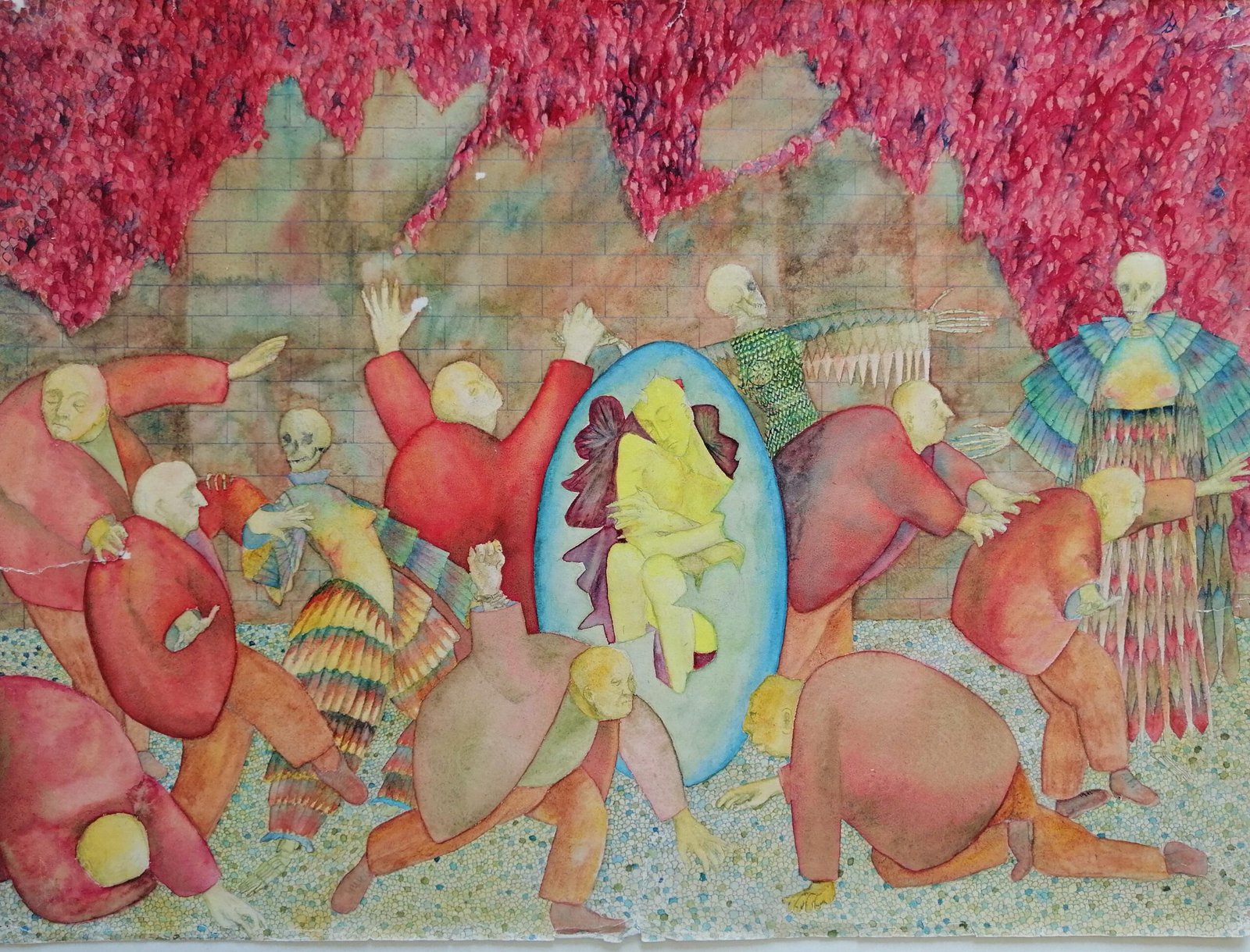
One comment on my last entry asked me to be more specific and give examples so people know where I am coming from. Well, let’s begin with the ordinary experience. Queuing in the supermarket, driving in town, talking with a friend, at the computer etc., etc. A day may be filled with such things. All obvious and describable. Waking up, breathing air, falling asleep. Not easy to describe but ordinary enough. The describable ones can, for the person experiencing them, be (1) totally without interest (boring), (2) interesting leaving varying degrees of impression on the memory or unusual, (3) touching the extraordinary. In my own experience of the latter I recall meeting a family of chimpanzees strolling in an African forest or watching at night a river of lava flow from the volcano down over a cliff into the sea. Extraordinary for me but relatively ordinary for the family of chimps and for the Hawaian island. The discoveries of science especially in biology transmitted by the media fill me with amazement and extraordinary seems entirely appropriate. But I remain passive in front of them. On the other hand experiences seemingly boring or of little interest can in the mind and also the hand (activity) of an artist or novelist be supremely interesting, even extraordinary. In my last entry I suggested that the extraordinary can be hidden behind the ordinary. I want to illustrate this.
The Woman in Blue was painted by Vermeer about 350 years ago. Somebody reading a letter, some chairs, a table, a book and a wall-map. What more ordinary? Yet it can engage us beyond the ordinary. Is it admiration for the artist’s ability to render the scene? The aesthetic appeal of harmonious colour and form? The suggestion of a story; a pregnant wife reading news from a distant husband? What moved the artist to paint this? Was it to show his skill? Perhaps it was his love for the ordinary. No grand and mighty themes for him as for his Italian predecessors. His devotion is for the everyday, the usual. The Italians went for the grand and the extraordinary – the Creation of the World, Michael and the Dragon, the Last supper. Our culture is drawn to the Dutch rather the Italian experience.
Why do we get involved in this woman with a letter? What is our interest? We have to read the picture to find our meaning as the lady reads the letter. The lady reads the letter! We shall never know its content. It is the act itself that perhaps catches hold of us. This very ordinary action easily passed with indifference if observed in real life, in the picture arrests us. This is surely also very remarkable. Even extraordinary. In which we are not passive but like the lady entirely given over to the act. The letter is a piece of paper on which are long sequences of black marks. These marks take life as soon as and only when someone reads them. This is not explicable by the extraordinary experiments of neuroscience which trace brain processes. Reading requires eye, retina, nerve, synapse, cortex, etc but meaning is not their production. How do dead letters take on the life of meaning? This is the extraordinary transformation that we are offered by Vermeer’s picture. Of course the artist does not have all this in mind when painting. The lady reads through the black marks and sees meaning. We look through the pigment (or the pixels) and find a meaning. Marks and pigment have been laid down as a result of thoughts and feelings someone wished to express. There they lie on paper or in a frame until someone turns their eyes and attention to them and behold! they are resurrected into meaning. The transcendent breaks in, is another way of saying it. In the ordinary act something unnoticed but extraordinary is happening.
I have to stop here. The ordinary and the extraordinary seem to be capable each of suddenly becoming the other.

